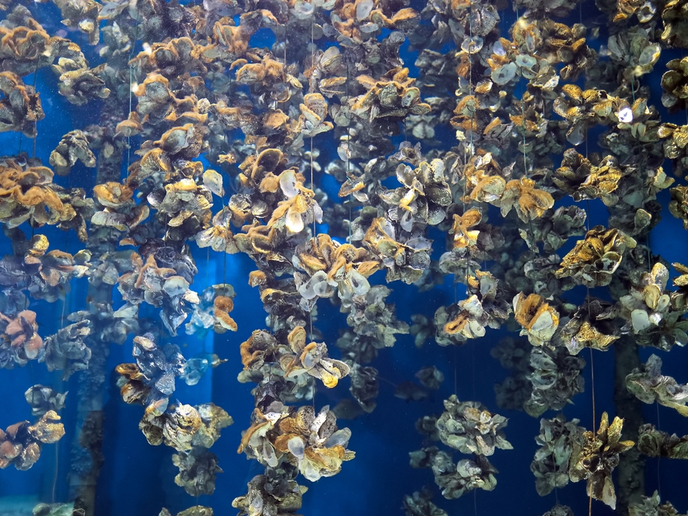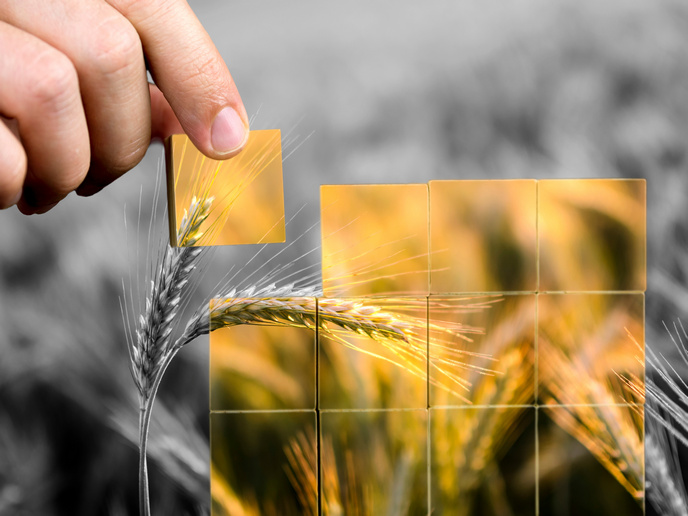Traceability tools for cutting edge aquaculture
Achieving sustainable aquaculture is crucial if we are to meet the escalating global demand for fish. In order to secure a healthy and prosperous industry in Europe, scientists need to better understand the impact of escaped farm fish on wild stocks. ‘Farmed fish that escape are less fit than wild salmon, with a lower ability to survive in the wild,’ explains AQUATRACE project coordinator Prof Einar Eg Nielsen from the Technical University of Denmark. ‘Crossbreeding between farmed and wild salmon reduces the fitness of wild fish populations and increases the risk of extinction.’ Better aquaculture management The EU-funded AQUATRACE project set out to develop reliable and cost-effective molecular tools capable of identifying the genetic origin of both wild and farmed fish; to detect interbreeding; and assess how genes flow between farmed and wild stocks. ‘We wanted to examine the potential genetic impact of aquaculture escapees introducing genes that have undergone adaptation to farmed conditions,’ says Nielsen. ‘The genomic tools we’ve developed represent a significant advance in the techniques and resources available to aquaculture genetic management.’ This work was carried out on three marine fish of economic significance: the European sea bass, the gilthead sea bream and turbot. Over 2 500 baseline samples were collected from more than 50 geographic locations. Reference genomic sequences and trial genomic libraries were then successfully constructed and sequenced. From this, a comprehensive, spatially explicit database of genetic information on both wild and farmed was constructed, which will serve as a baseline for further research, management and support for industry. ‘The end result is a new type of traceability system for marine aquaculture fish, which is flexible enough to answer multiple questions and reliable enough to be reproduced throughout Europe,’ says Nielsen. ‘It is also robust enough to deliver high quality data and sufficiently cost effective to allow access by industry and fisheries control authorities alike.’ Assessing risk The project also attempted to assess and contain potential risks associated with aquaculture. As Nielsen notes, the release of domesticated aquaculture fish can have an adverse effect on native fish gene pools. ‘In our trials, we found that even when a low proportion of a fish’s genetic variation originates from farm fish, the examined traits (hatch-timing, growth and maturation) deviated from those expressed in genetically pure, wild fish,’ he says. ‘In addition, we were able to locate some of the genomic regions responsible for these trait differences.’ The development and of innovative new molecular genetic tools is now at an advanced stage and ready for use by the aquaculture industry for breeding and stock management. The AQUATRACE team has produced a risk assessment white paper that summarises the main insights from the project, as well as their implications for management. The paper contains a series of concrete recommendations and decision aids. ‘When properly integrated, these tools, insights and recommendations can be used by industry to assist in achieving sustainability, productivity and welfare across the sector,’ says Nielsen. Completed in October 2016, the AQUATRACE project has made a valuable contribution towards the development of a competitive European aquaculture based on advanced technologies. Project partners are still actively engaged with industry stakeholders and the European Commission in order to maximise the potential uptake of knowledge and tools that have emerged from this research.







